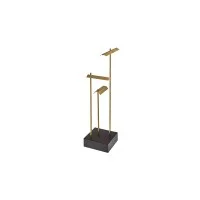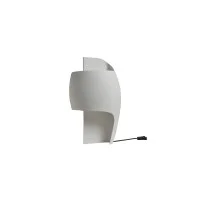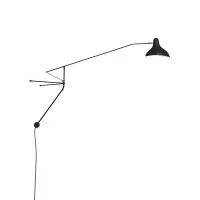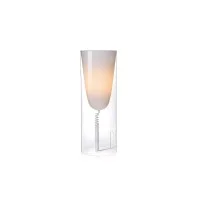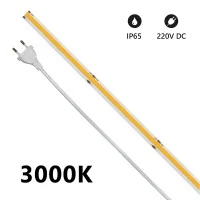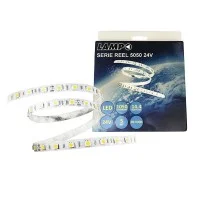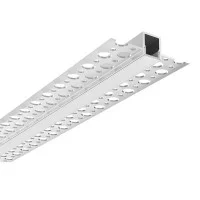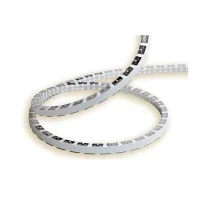Green lighting
Sustainability is now an increasingly important and crucial topic in every area of our life and the field of lighting is no exception. In this article, we will therefore understand which are the least polluting light sources and what companies can do to reduce their impact on the environment.
Green light sources
In fact thanks to the research of new technologies and the study of innovative materials for the design of lighting devices, we are moving more and more towards renewable and natural resources. For example, an excellent solution to normal light bulbs are LED ones, where the savings obtained are approximately 93% compared to incandescent lamps. More precisely 90% compared to halogen lamps, 70% compared to metal halide lamps and 66% compared to fluorescent lamps.
In addition to savings, LED lamps still maintain 70% of the initial light output after 50,000 hours, according to EN50107 standards. With this it is not said that it is necessary to replace them after this period, in fact if this reduction does not create problems, they can be safely used up to the complete loss of brightness, estimated in 100,000 hours.
The LED lights then do not pollute and do not contain dangerous substances. In fact, as they contain silicon powder, they do not contain gases that are harmful to health or toxic substances, unlike fluorescent and discharge lamps (metal halides and sodium vapors).
There are also no emissions of UV rays that are harmful to humans for long exposures over time and zero emissions of IR rays, which are harmful to the eyes in direct exposure.

Green materials
In addition to the light source that can more or less impact on the environment, it is also necessary to analyze the materials with which the bulbs are made. In fact, these materials can be various, among which we find plastic substances and metals, which are therefore responsible for an important production of waste and, if not disposed of correctly or recycled, are a polluting source.
For this reason, more and more companies are investing to reduce the plastic parts within the assembled product, replacing them with recycled and recyclable materials that do not derive from petroleum and, where possible, introducing the use of non-plastic materials.
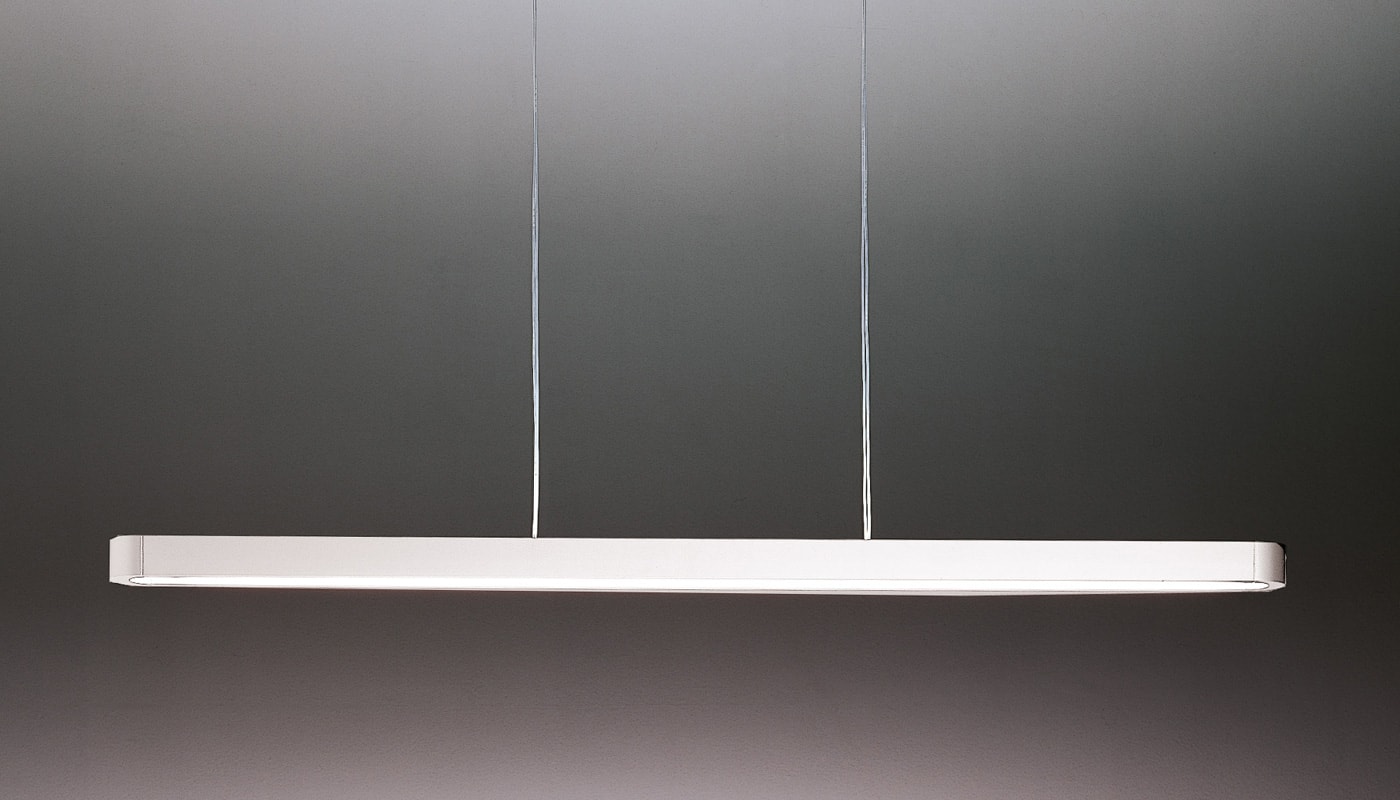
Quality and durability
So we talked about which light sources to choose, how important it is to analyze the composition of a light bulb, but also the quality and durability over time are other very important aspects to take into consideration when it comes to green lighting. In fact it is essential that the materials, finishes and processes are followed carefully and with care, to ensure that the spare part is at the minimum essential.
The product life cycle must consequently be followed from start to finish to minimize the environmental impact, understand where to improve and reduce waste.
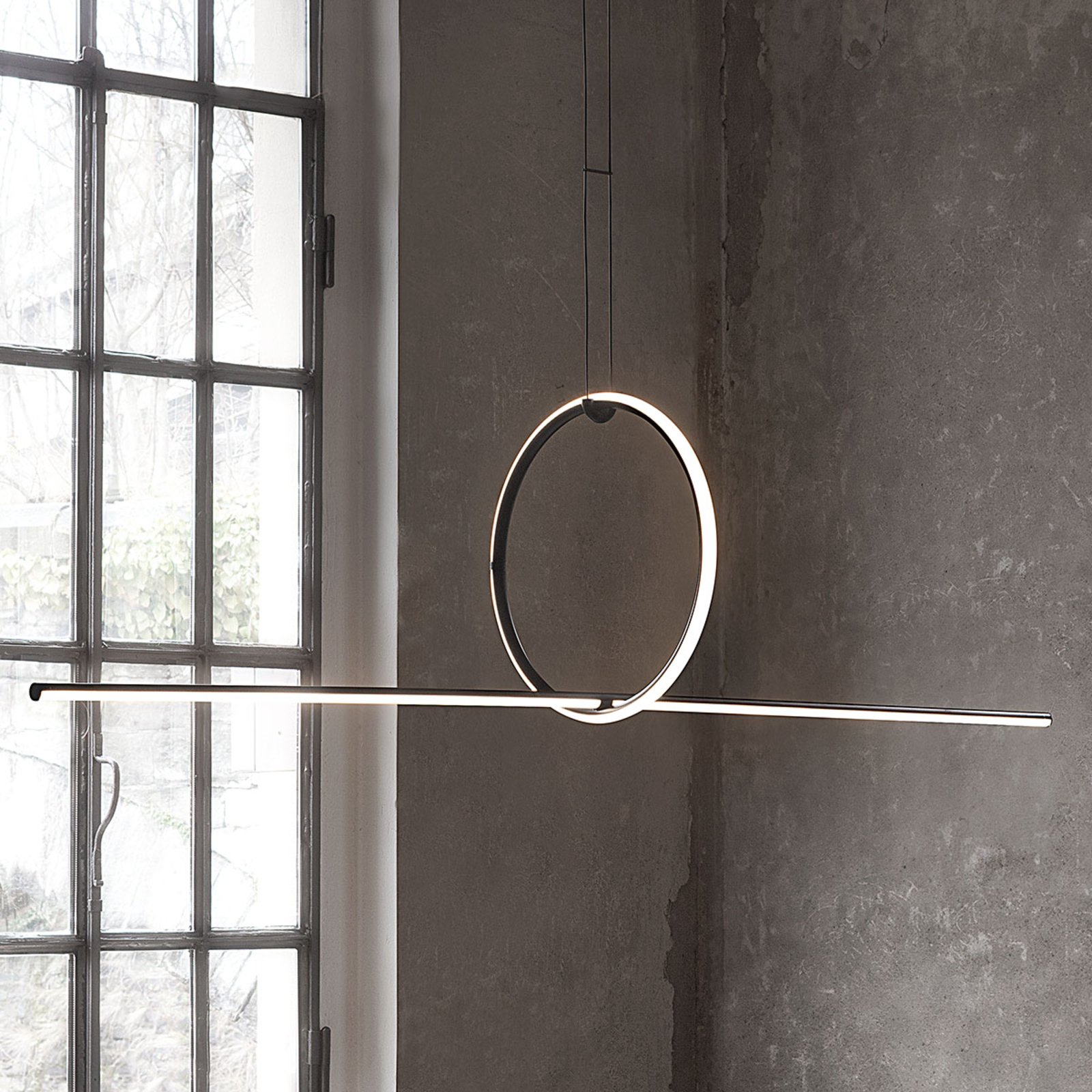
So don't wait any longer, come and discover all the LED lamps on our Diffusione Luce website!
Written by Alice Pruccoli
Share this content
